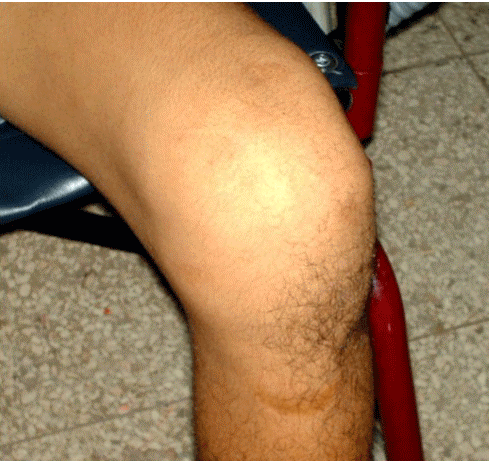Síndrome de Reiter: una observación infrecuente
Abstract
Fundamento: el síndrome de Reiter se estudia dentro de las artritis reactivas del grupo de las espondiloartropatías en asociación con el antígeno de histocompatibilidad HLA-B27. El término síndrome de Reiter se reserva actualmente para los casos con la tríada clásica de la enfermedad. Objetivo: presentar un caso típico de síndrome de Reiter, el cual además de la presentación clásica, desarrolló otras alteraciones no comunes en el mismo. Método: se recoge el antecedente de contacto sexual sin protección dos meses antes de la presentación clínica. El cuadro clínico, los antecedentes y los exámenes de laboratorio fundamentalmente el antígeno HLA-B27 positivo, la eritrosedimentación globular acelerada y los cultivos, confirmaron la presencia de un síndrome de Reiter posvenéreo que fue complementado con la respuesta terapéutica con indometacina y tetraciclina. Conclusiones: el síndrome de Reiter completo es una entidad infrecuente ya que la tríada clásica de la enfermedad sólo se aprecia en el 33 % de los casos. Este síndrome puede simular muchos tipos de oligoartritis, y constituye la causa más común de artropatía en el joven, por ello siempre se debe tener en mente este síndrome en el diagnóstico diferencial.Downloads

Downloads
Published
How to Cite
Issue
Section
License
Copyright: Camagüey Medical Archive Magazine, offers immediately after being indexed in the SciELO Project; Open access to the full text of the articles under the principle of making available and free the research to promote the exchange of global knowledge and contribute to a greater extension, publication, evaluation and extensive use of the articles that can be used without purpose As long as reference is made to the primary source.
Conflicts of interest: authors must declare in a mandatory manner the presence or not of conflicts of interest in relation to the investigation presented.
(Download Statement of potential conflicts of interest)
The Revista Archivo Médico de Camagüey is under a License Creative Commons Attribution-Noncommercial-No Derivative Works 4.0 International (CC BY 4.0).
This license allows others to distribute, to mix, to adjust and to build from its work, even for commercial purposes, as long as it is recognized the authorship of the original creation. This is the most helpful license offered. Recommended for maximum dissemination and use of licensed materials. The full license can be found at: https://creativecommons.org/licenses/












 22 julio 2025
22 julio 2025